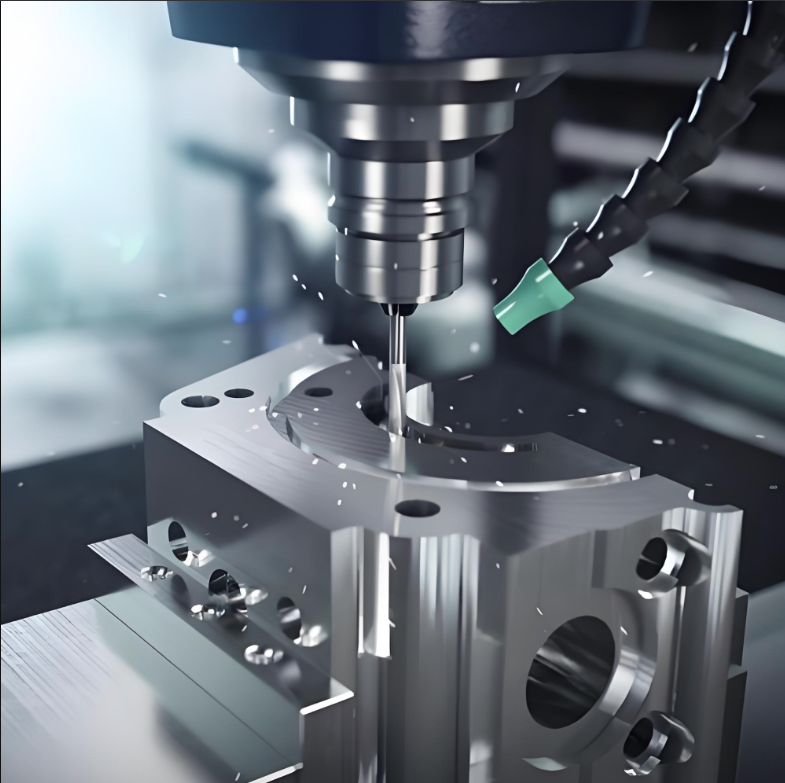Aluminium Alloy is an alloy material with aluminium as the based material and with a certain amount of other alloying elements added. Aluminium alloy has a silver-white appearance, its density range is 2.63-2.85g/cm. It has a relatively high strength, good electrical conductivity, thermal conductivity and corrosion resistance. The specification application fields of aluminium alloy are extensive. Sometimes, we will meet some quality issues during processing which is caused by deformation of aluminium products.
The main reasons for the deformation of aluminium alloy process include the material characteristics, machining technology and the precision of processing equipment.
Material Characteristics
Chemical composition and organizational structure of aluminium alloy have a significant effect on processing. Aluminium alloy with higher Si element is deforming easily. While, alloys containing Mg, Zn & Cu have high tensile strength, reduce the risk of deformation.In addition, grain size and distribution, as well as the type and quantity of precipitated phases, also have an impact on the processing performance.
Heat treatment situation of aluminium alloy has a significant impact on its processing performance. Improper heat treatment can cause the material to harden or soften, thereby leading to deformation.
The strengthening phases in aluminum alloys, such as precipitated hardening phases and precipitation hardening phases, can enhance the strength and hardness of the materials. However, excessive strengthening phases may make the materials brittle and prone to fracture and deformation.
Machining Technology
Different machining techniques have different impact on the deformation of aluminium alloys. The process such as cold drawing,rolling and stamping can lead to material deformation, while the machining techniques such as forging and extrusion generate residual stress on the surface of the material, thereby causing deformation.
Cutting Force:The cutting force and direction have a significant effect on deformation during process. Excessive cutting force or improper cutting angle can cause excessive deformation & surface quality issues.
Temperature Control: The temperature control has significant influence on the deformation of aluminium alloys. Low temperature will cause material to harden, which is prone to cracking or breakage deformation; High temperature will make the material soften, resulting in irreversible deformation.
Cooling Speed: During heat treatment and hot machining, cooling speed will influence on the deformation of aluminium alloys as well. If the cooling speed is too fast, it will cause excessive deformation and remaining stress increasing, while if the cooling speed is too slow, it will make the material soften, resulting in deformation and remaining stress reducing.
Equipment Status:
The degree of wear, precision and stability of the machining equipment have a influence on the deformation of aluminium alloys. Vibration, loosening and deformation of machining equipment will all lead to the deviation of shape and size in processing.
Clamping of workpiece is a significant factor which effects on the deformation of aluminium alloys. The magnitude and uniformity of the clamping force directly affect the surface quality and dimensional stability of the material. Poor clamping will lead to deformation and dimensional instability.
Appropriate lubrication can reduce cutting force, lower friction and minimize deformation.
If you can master the above-mentioned factors that affect the deformation of aluminum alloys, I believe you will get great help in the process of machining aluminum alloy products.

